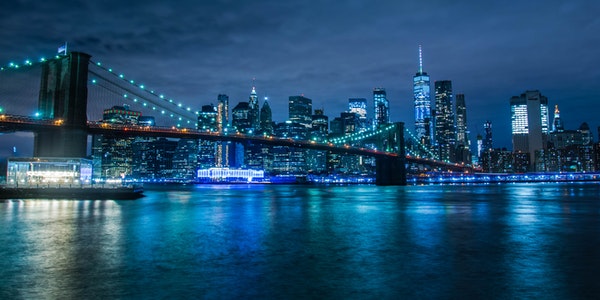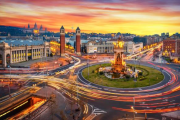Classification of Light Pollution
Human life is inseparable from light. Without light, the world would be pitch black. Like air and water, light is an essential element for human existence. We know that the human eye can adapt to a certain range of light radiation due to the adjustment of the pupil. However, when the light radiation exceeds the amount, it will have adverse effects on the living and production environment and human health, which is called light pollution.
In modern cities, with the continuous expansion of the city scale and the increasingly prosperous cities, the urban light pollution is also increasing day by day, which is quietly threatening and endangering the health of urbanites. Internationally, light pollution is generally divided into three categories, namely: white and bright pollution, such as glass curtain walls, glazed brick walls, polished marble and various coatings of buildings in cities. Artificial daylight, such as advertising lights in shopping malls, hotels, neon lights. Color light pollution, such as black lights installed in dance halls and nightclubs, rotating lights, fluorescent lights, and flickering colored light sources.
This paper mainly analyzes the impact of artificial daytime lighting on our daily life, and saves energy and prevents light pollution, so that nighttime lighting can achieve sustainable development.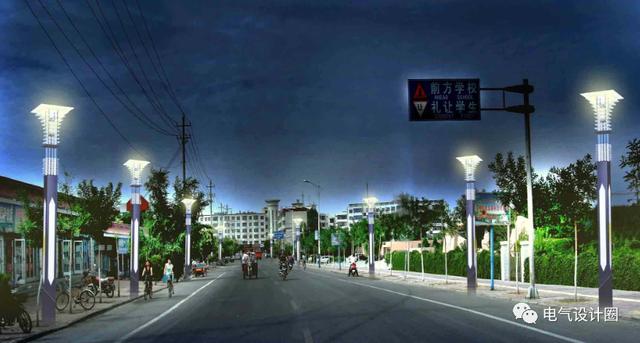
Effect of Night Lighting
The harm of light pollution
The construction of night scene lighting is a symbol of the prosperity and strength of the city, reflecting the degree of modernization and cultural level of the city. It is an important part of the urban economy to maintain a continuous virtuous circle. With people’s pursuit of high-quality life and the increase of time and space for people’s night activities, the three lighting methods of urban night landscape lighting, road lighting, and commercial advertising lighting have become indispensable in urban life.
The hidden pollution caused by light is rarely detected, but the harm exists. It is necessary to formulate technical standards for landscape lighting as soon as possible. However, the night scene lighting not only makes the city beautiful, but also brings some adverse effects to the lives of urbanites. There are no stars in the sky above the city, the dazzling lights make people nervous, and the artificial daylight makes it difficult to sleep. Urban construction and environmental experts reminded that light pollution is accompanied by light pollution when the city lights up, and the practice of “only pursuing light, the brighter the better” will bring unpredictable harm.
Current status of night city lighting
In recent years, the construction of night landscapes in international cities has developed rapidly. Making cities bright and beautiful is generally worthy of recognition. However, from the perspective of energy and environment, the construction of night landscape must also be moderate, otherwise the effect will be counterproductive. The main function of night lights is illumination, followed by landscaping. The lighting has a certain light intensity, too bright will interfere with vehicles and pedestrians. Beautifying the night scene requires soft and warm lighting. If it is too stimulating and makes people feel uncomfortable, the beautification effect will not be achieved.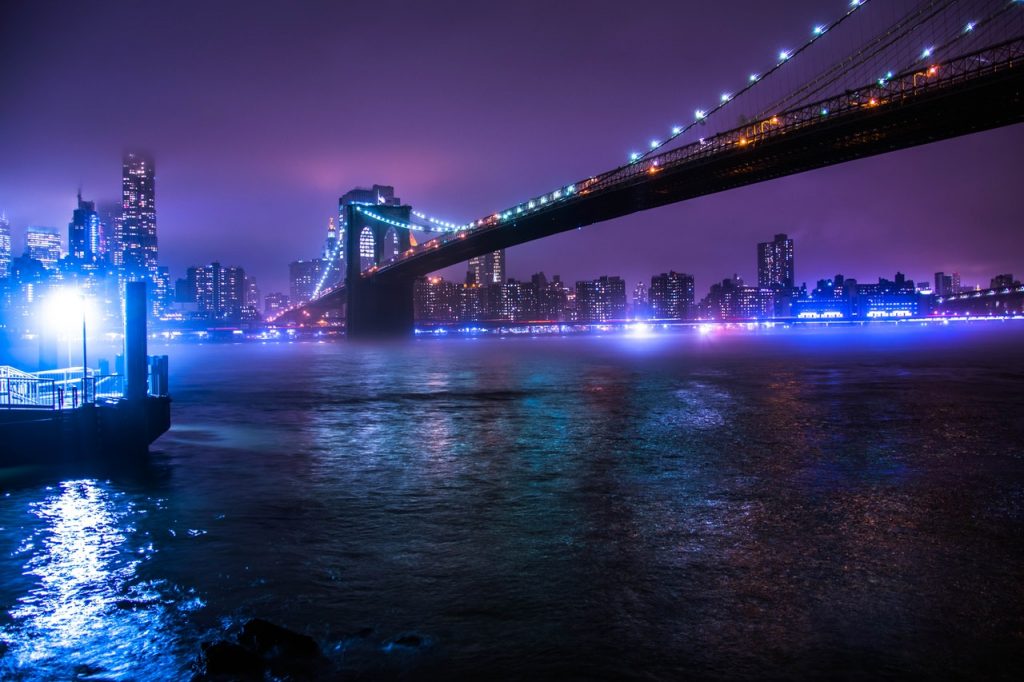
Recently, the construction of “Bright Street” has sprung up in some cities. Whether it is a commercial area or a living area, Liangli Street is being built everywhere. Night scene lighting should be designed according to needs, not to light up everywhere. The bustling commercial area can properly light up the entire street, but there is no need for this in the living area. It is enough to light up the places that should be bright. If it is all bright, too bright, people will lose the quiet space instead. After investigating the world-famous cities that never sleep, such as Tokyo, Paris, New York, etc., it is rare to see a whole street lit up.
The harm of light pollution to human beings
The hidden pollution that light brings to people is generally seldom noticed, but the harm exists. Staying in the colorful lighting environment for a longer time, people will feel more or less the psychological and emotional impact. Of course, people can choose to leave once they feel unwell. But if the lights are around the living and residential areas, there is no escape. Surveys have shown that the lighting of nightscapes affects people’s normal biological rhythms, making it difficult for people to fall asleep at night, or even insomnia. At the same time, inappropriate lighting settings are more harmful to traffic, and the accident rate will increase accordingly.
To the light pollution that may be brought about by the construction of urban night scenes. The role of night scene lighting in beautifying the city and enriching the night life is well known, but the accompanying light pollution and light interference are not noticed by people. In fact, night scene lighting itself has advantages and disadvantages, just like two sides of a coin, it is impossible to completely eliminate the disadvantages, but it can be reduced to a minimum. 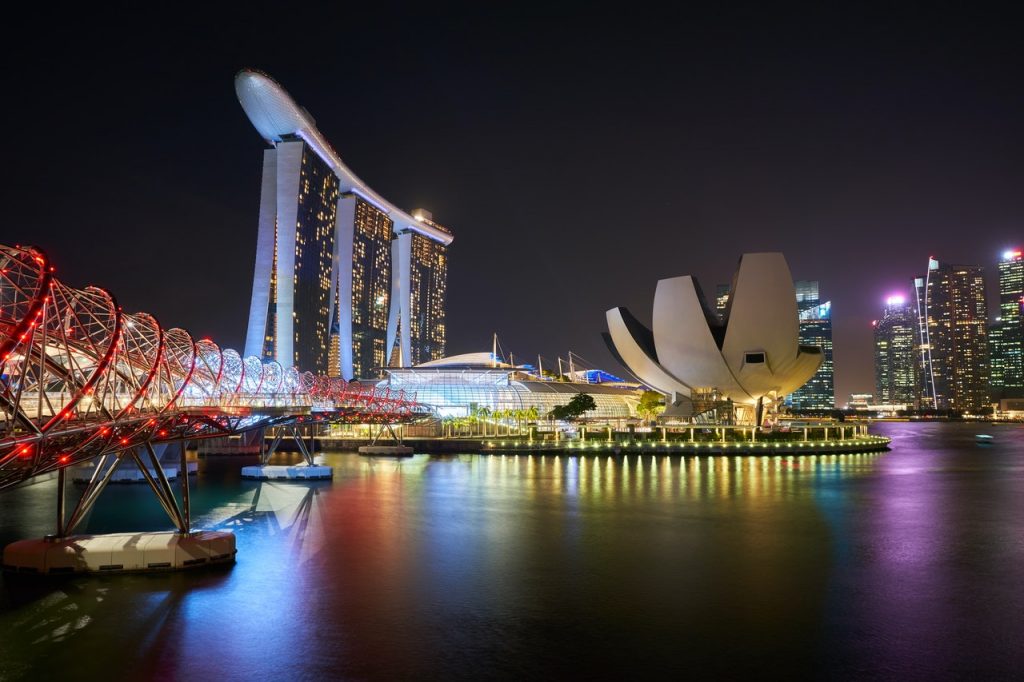
There are two negative effects of night lighting: light pollution and light interference. The main performance is that it affects normal astronomical observations, interferes with people’s normal work, life and rest, and damages people’s ability to observe objects.
Means to deal with light pollution
In the overall planning of the city, we should use high-tech means to formulate the overall planning for the development of urban lighting projects with a high starting point, high standard and high level, and carry out scientific and in-depth work. In this way, the evening landscape lighting can reach a higher level. Lack of technical content and uncontrolled blind use of light will bring negative effects to urban lighting. Unreasonable design and pure pursuit of engineering profits not only cause waste of energy, but also bring serious light pollution.
The way to solve
In the 1970s, someone in California estimated the hazards of urban night scene lighting, and believed that the brightness of the night sky over the city was increasing at a rate of 30% every year, which would make the observatory lose its normal observation ability. A social survey conducted in Germany showed that two-thirds of people believed that “artificial daytime” affected their health, and 84% of them reported that they interfered with sleep.
These countries have carried out a lot of investigation and research work, published many technical documents on the prevention of light pollution, and taken measures to reduce the public nuisance of light pollution. We must also constantly discover problems and find out the reasons, and then maximize the advantages and suppress the disadvantages, pay attention to energy conservation and prevent light pollution, in order to achieve sustainable development of night lighting.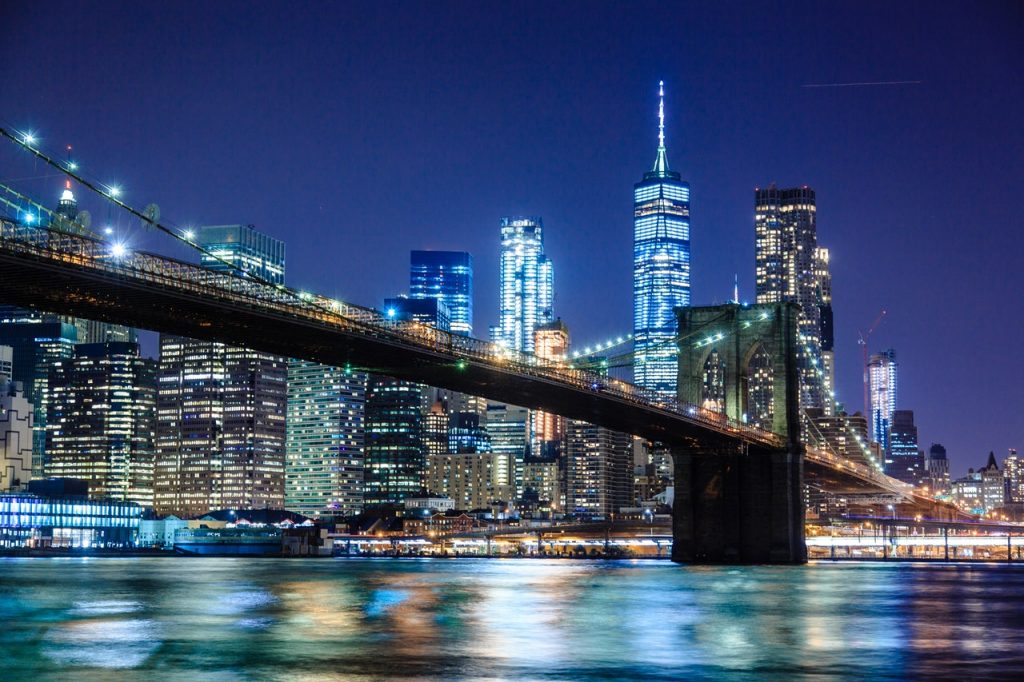
1. Unify monitoring standards and standardize design and construction.
Few people recognize the harm of light pollution, so there is no unified testing standard in this area. The first is to develop the monitoring and definition technology of light pollution. And the second is to promote the use of environmentally friendly light sources in accordance with the standards provided by the monitoring and detection technology. In addition, it is also very important to strengthen the standardized management of night landscape design and construction. At present, there are very few professional and technical personnel engaged in lighting design and construction. Many night landscapes that produce light pollution and light interference are caused by unscientific design and construction. The lack of scientificity and standardization in urban night scene construction needs to be changed urgently.
2. Promote environmentally friendly light sources and use scientific lighting technology.
To reduce light pollution and save energy, green lighting must have good light source quality and scientific lighting technology. Both of them are indispensable.
Scientific lighting technology should meet the following requirements: one is to eliminate glare, and the other is to distribute evenly. According to environmental requirements, choose lamps with scientific and reasonable light distribution to improve the uniformity of illumination distribution. So that people have good visual effects within the observation range, and long-term observation is not easy to fatigue. The third is to adopt different lighting methods to achieve different lighting purposes according to different lighting environments. Fourth, make full and reasonable use of sunlight. Sunlight is the cleanest and most pollution-free energy source that is inexhaustible.
The high color rendering performance and sufficient and uniform illumination of sunlight are difficult to replace by artificial light sources. Advanced scientific lighting technology should fully and reasonably extend the time and space utilization of natural light.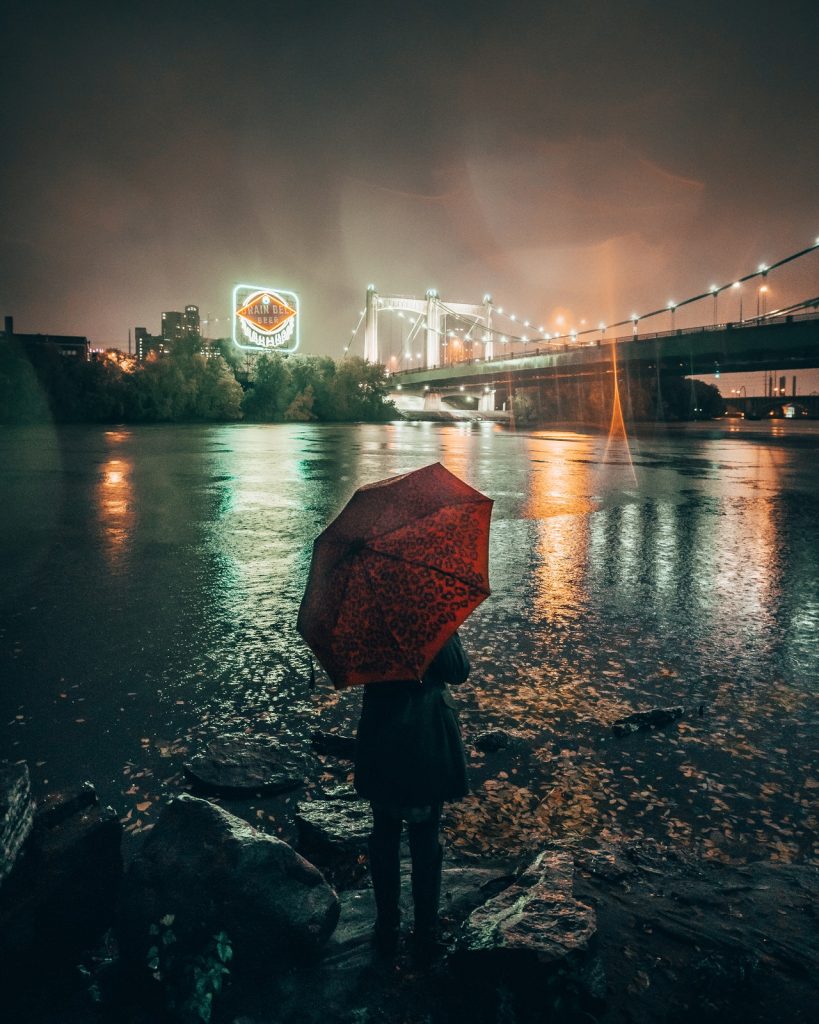
3. Scientific and effective management mode
A scientific urban lighting management system can effectively improve work efficiency, save energy, reduce labor intensity and liberate productivity. The automatic monitoring system is a modern urban lighting management system. This also reflects the modern management level of the city. It is composed of computer, intelligent execution terminal, wireless data transmission machine, etc. That is a telemetry, remote control, and remote communication system using technologies such as computer and ultra-short wave communication data transmission.
In this way, in the central control room, we can grasp the information of each control network of all the controlled street lights at a glance. So that the working conditions of the street lights and the faults of the street lights can be reflected in the central control room in a timely manner. In this way, timely control and emergency repairs are obtained. That effectively improves work efficiency, greatly saves manpower, material resources and financial resources, reduces the labor intensity of workers, and liberates productivity.
Through the night lighting method based on high-tech means, it will ensure that night lighting has a greater development space under the premise of saving energy and preventing light pollution.

